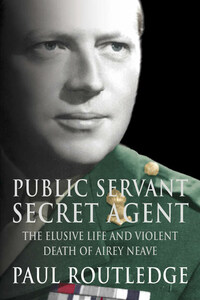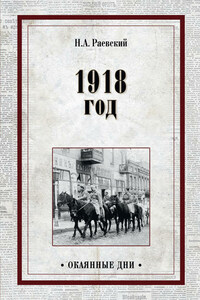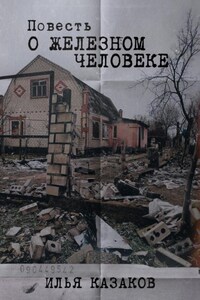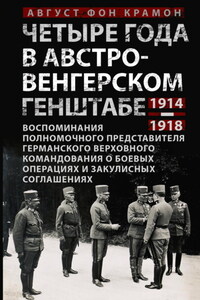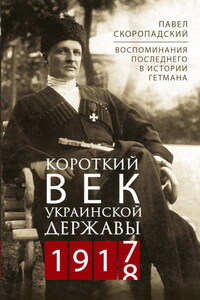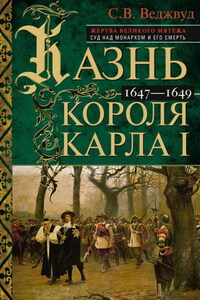A gun lay unobtrusively on the settee beside my polite host, and the heavily-built man sitting on an armchair in the corner wore a tight-fitting black mask with tiny holes for his eyes and mouth. He was on edge and there was a tension in the room. I had come a long way, physically and in time, to see the killers of Airey Neave, and here I was, face to face. Not with the men who planted the bomb on 30 March 1979, almost twenty-two years ago to the day, but with âsomeone connected with the Neave operationâ who belonged to the small but highly dangerous Irish National Liberation Army.
The trail started five years earlier, when I was writing a biography of John Hume, leader of the SDLP, a shrewd nationalist and a rock for thirty years in the maelstrom of Irish â and British â politics. Hume crossed paths with Neave, the Conservativesâ Shadow Northern Ireland Secretary, many times during the late 1970s. It was not a profitable relationship. Hume found Neaveâs traditional Tory attitudes towards Ulster Unionism and his militarist stance on the Troubles short-sighted and unsophisticated. Neave probably thought the former trainee priest slippery and threatening. He had, after all, engineered the short-lived exercise in political power-sharing that the Tory spokesman on Ulster utterly rejected.
Neaveâs impact on policy towards Northern Ireland during the four years he held the Shadow portfolio was limited, but his death at the hands of terrorist assassins in the precincts of the House of Commons convulsed politics and prompted the question in my mind: âWho was this man?â There was no biography of Airey Neave, yet he had lived an eventful life. Eton, Oxford and the Inns of Court were followed by capture in the siege of Calais, prison camps, escape from Colditz and service in military intelligence. He had served the indictments on Nazi war criminals in Nuremberg and entered Parliament at his third attempt in a by-election. A promising ministerial career was cut short by a heart attack, and he seemed destined to live out his political career in back-bench obscurity until the social upheavals of the 1970s propelled him into history as the man who gave us Margaret Thatcher.
It was a remarkable story, but no one had written it. I therefore resolved to do so and began collecting material. It was clear from the outset that Neaveâs family (his daughter Marigold and two sons, Patrick and William) were apprehensive about the project. Neave had not wanted a biography, beyond the books he had written about his life, nor did his widow, Diana, who died in 1992. Other approaches, I knew, had been rebuffed and I was hardly the writer of choice. Yet I persisted and the family finally agreed to cooperate, though not on a lavish scale.
Much more difficult was âthe other sideâ â the perpetrators of the murder. Over the years reporting from Ulster, through a republican contact I will not name, I had learned something of the Irish Republican Socialist Party, the political wing of INLA. After an initial social meeting in a Belfast bar, at which I outlined my intentions, I let the seeds germinate. Then, in the autumn of 2000, I approached the IRSP directly, and arranged to visit the partyâs headquarters in the Falls Road, the heart of republican Belfast. The taxi driver who took me there on 17 November advised against going into the pub opposite. âNot with your accent [Yorkshire],â he grinned. Seamus Costello House, a large red-brick villa (allegedly bought with the proceeds of a bank robbery) is protected by steel mesh fortifications. A photographic tableau of the dead hunger strikers stands outside. Inside, the atmosphere is more homely, reminiscent of an old-fashioned trade union branch office, with people asking for advice and children playing about their mothersâ knees. Banners and framed slogans decorate the walls. The furniture is utilitarian. Everyone smokes.
Paul Lyttle, the IRSPâs spokesman, listened courteously to my pitch. It was clear from the first that my credentials had already been thoroughly checked. They knew who I was and where I was coming from before I opened my mouth. So, indeed, did the security services. This visit was known in London before I returned the following day. I told Lyttle that I wanted to write an account of Neaveâs death that was as authentic as possible. To that end, I wished to meet the killers, if possible; and if that could not be arranged, then to talk to INLA âvolunteersâ involved in the operation. There had been many accounts of the assassination, mostly conflicting. Was it not now time for the truth?
